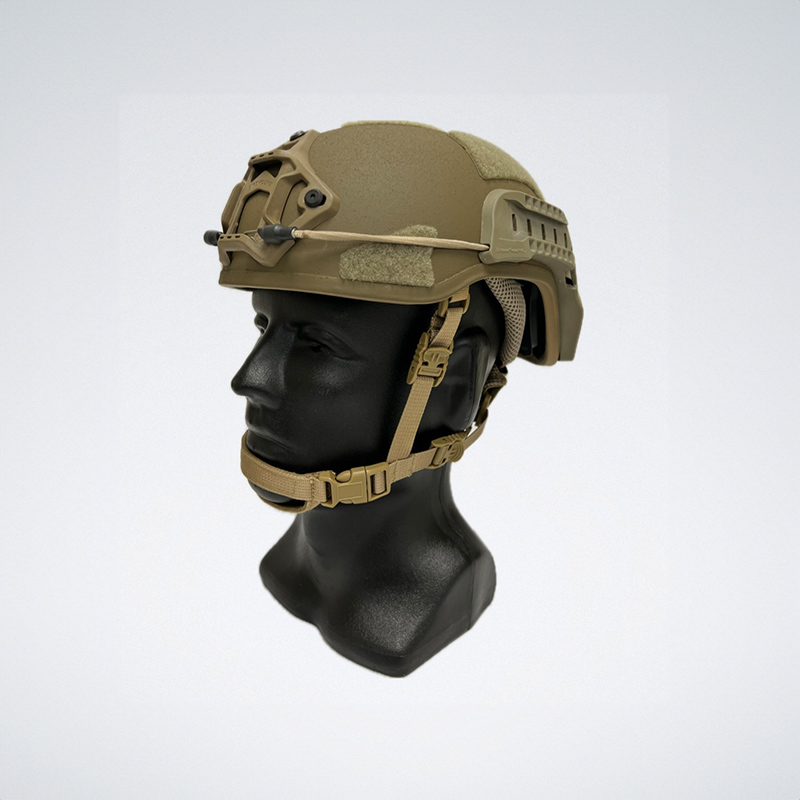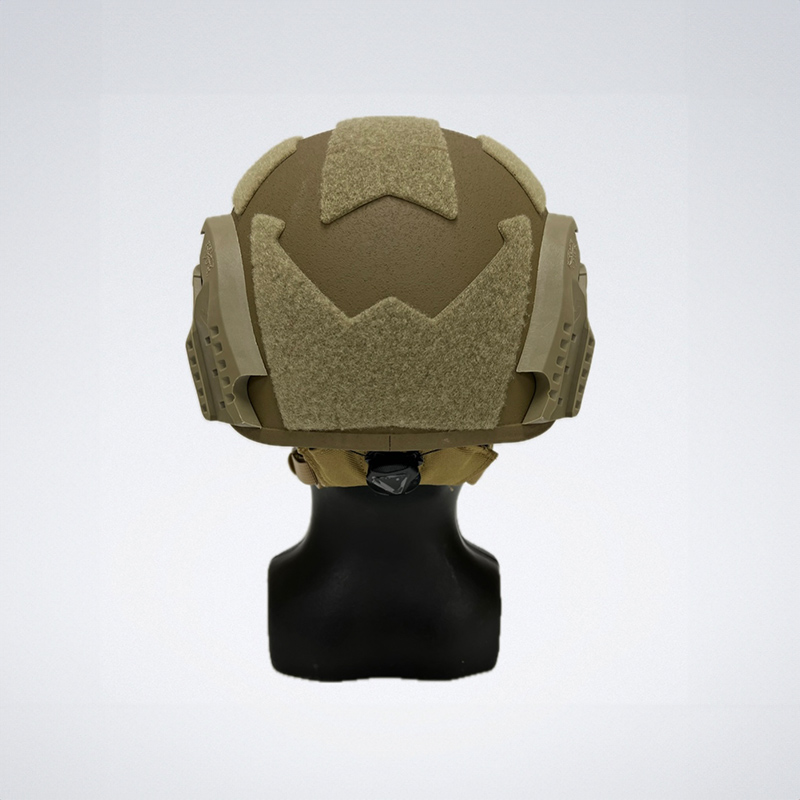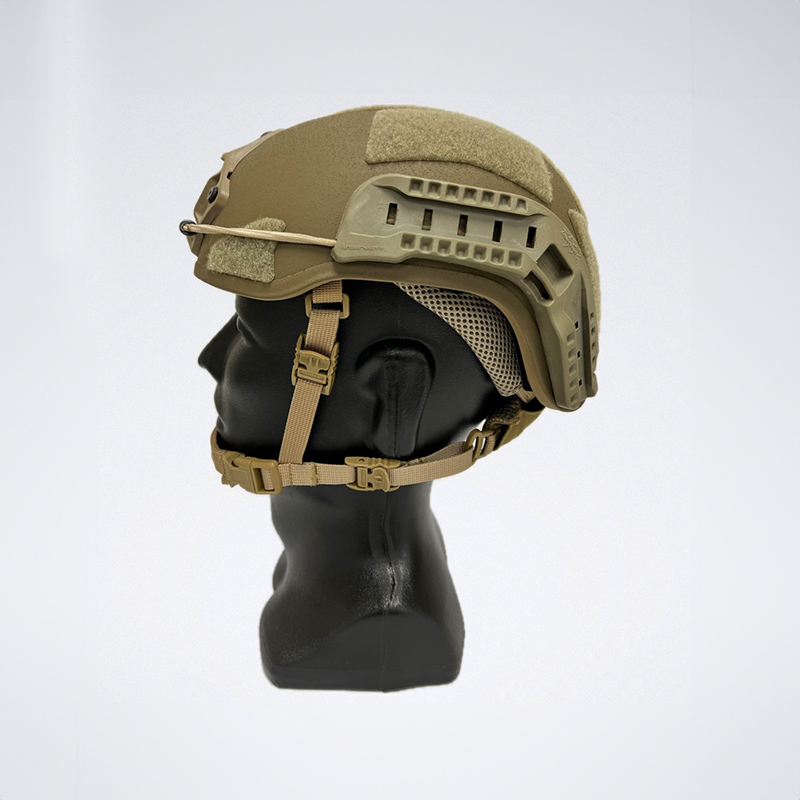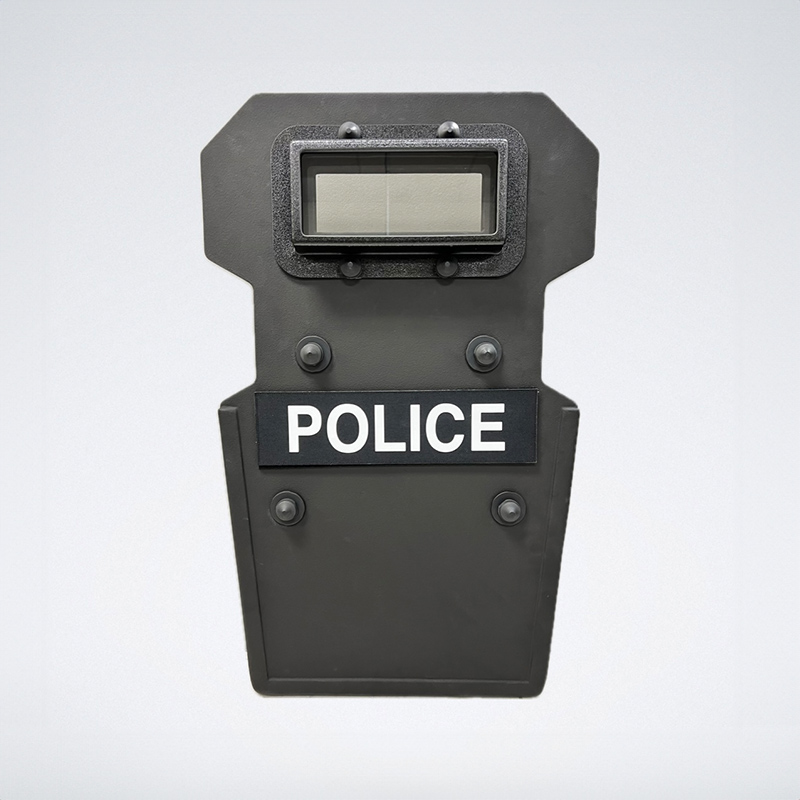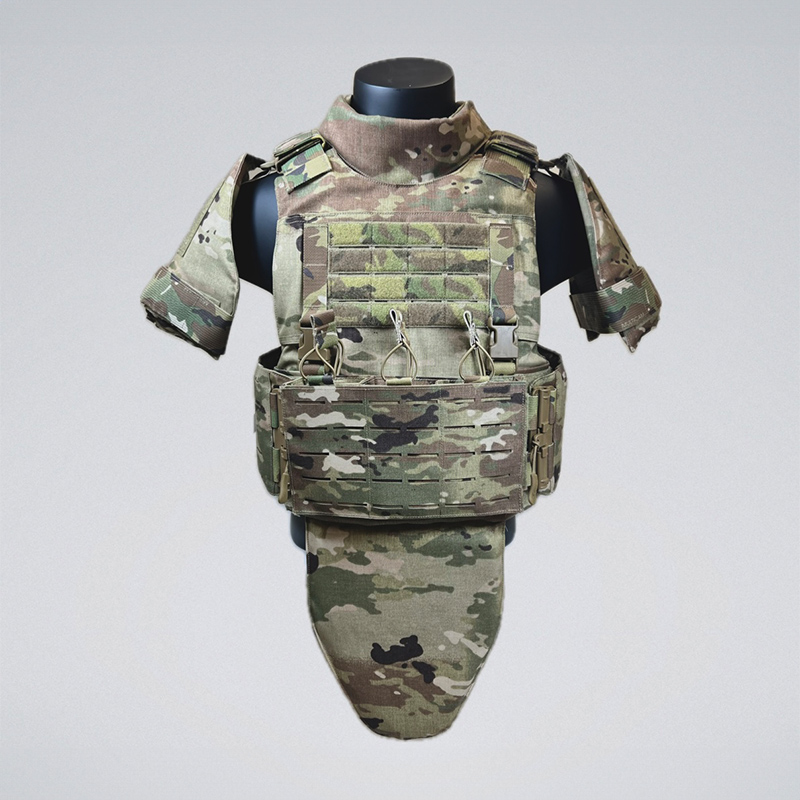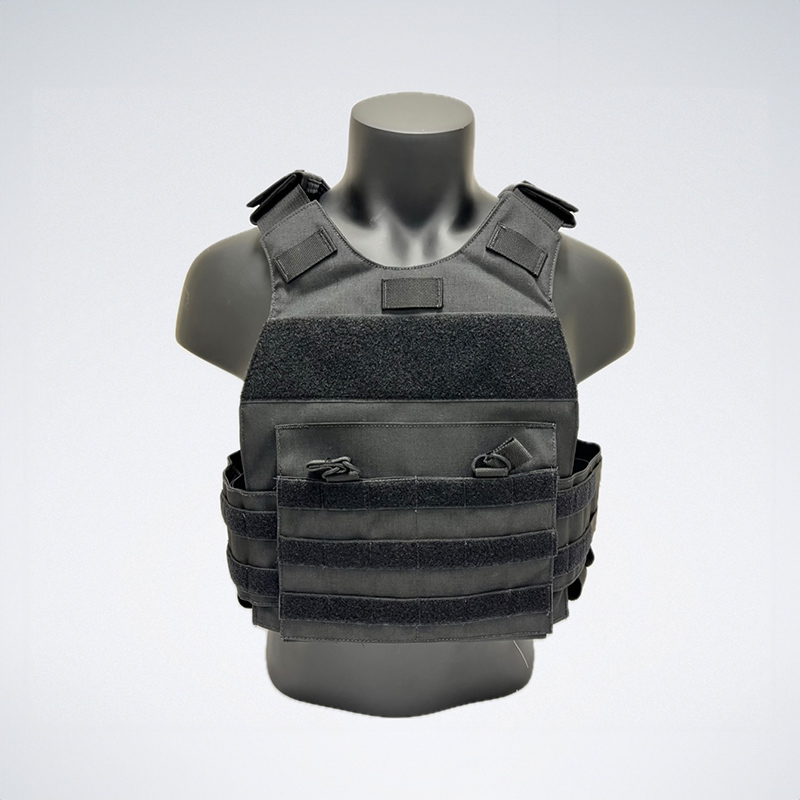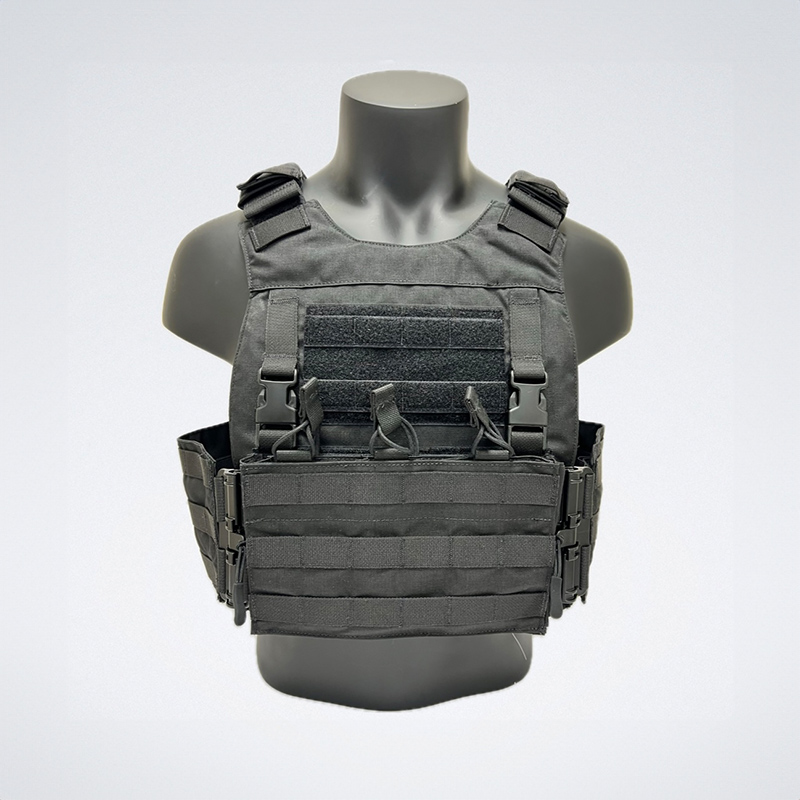AIRE EX – Rifle Threat
Features:
Provides a significant increase in performance protection against fragments
Defeats small arms like NATO M80 (7.62×51) round at 2100 ft/sec (640 m/s)
Approximately the same weight as the legacy U.S. Military’s Advanced Combat Helmet (ACH)
Proudly MADE IN THE USA

Special Threat tested Models

Special Threat tested Models

NIJ CERTIFIED MODELS

PROTECTING LIVES SINCE 2010

PROTECTING LIVES SINCE 2010

MADE IN
THE USA

Special Threat tested Models

NIJ CERTIFIED MODELS
More info about AIRE EX – Rifle Threat
Shape / Design U.S. Army ACH Geometry
Shell Construction Proprietary blend of Polyethylene and Composite Materials
Ballistic Standard U.S. Army GL-PD-09-04 STD
Rifle Resistance Performance 7.62x39 LC V50 > 2676 f/s; 5.56x45 (M193) V50 > 2986 f/s; 7.62X51 M80 NATO round: V0 > 2100 f/s (640 m/s)
Fragments Protection 17 gr. V50>2950 f/s (900 m/s)
Environmental / Mechanical Protection U.S. Army GL-PD-09-04 STD
Certification From an NIJ certified laboratory
Available Head Sizes X-Small / Small / Medium / Large / X-Large / XX-Large
Available Shell Sizes Small / Medium / Large / X-Large
Extreme Testing Conditions Performs under temperature between 160°F (71°C) and -60°F (-51°C); Performs after 3 hours sea water immersion
Configurations 100% Boltless (Durability Verified)
Use First Line Troops; SWAT
Shell Thickness 0.4” (±0.1") / 10 mm (±2.5mm)
Finished Shell Nominal Weight* Medium 2.7 lbs. / 1.22 Kg; Large 2.9 lbs. / 1.3 Kg; X-Large 3.1 lbs. / 1.42 Kg
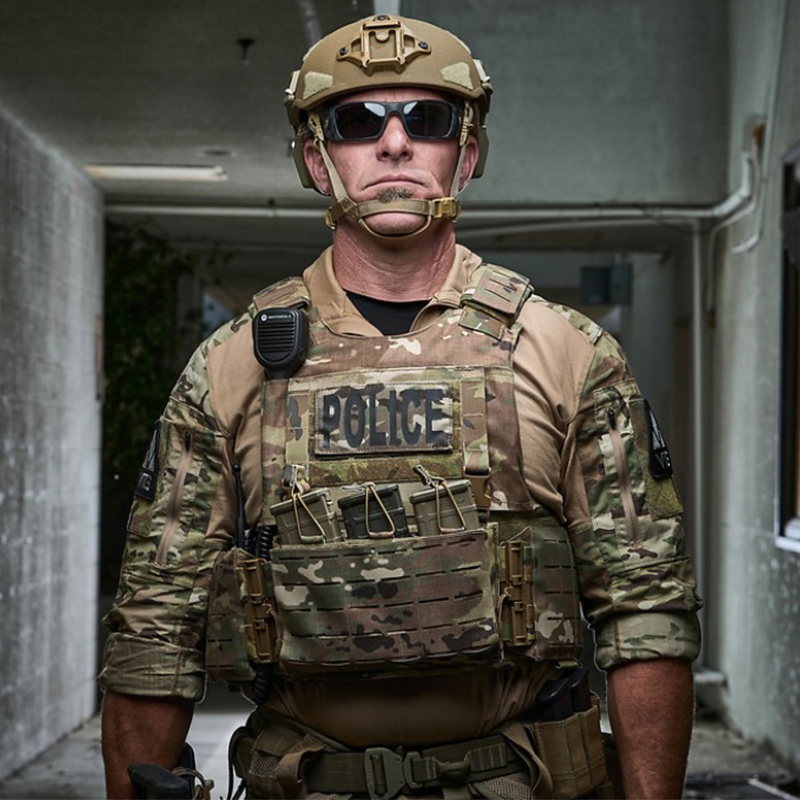
Ballistic Helmets Faqs
What level of protection do I need in a ballistic helmet?
The level of protection required for a ballistic helmet depends on the specific threats faced. Helmets are typically rated based on their ability to stop different caliber rounds. It’s essential to choose a helmet that matches the level of protection needed for the intended environment.
How important is comfort in a ballistic helmet?
Comfort is paramount in a ballistic helmet as it will be worn for extended periods. A poorly fitting or uncomfortable helmet can lead to fatigue, headaches, and decreased performance. Advanced ventilation systems, adjustable suspension systems, and lightweight materials contribute to overall comfort.
What is the difference between a ballistic helmet and a bump helmet?
A ballistic helmet is designed to protect against projectile threats such as bullets and shrapnel. A bump helmet, on the other hand, is primarily intended to protect against impact injuries caused by falls or blunt force trauma. Ballistic helmets offer a higher level of protection but are typically heavier and less comfortable for everyday use.
Can I add accessories to my ballistic helmet?
Many ballistic helmets are designed to accommodate accessories such as night vision mounts, communication devices, and cameras. These accessories enhance the helmet’s functionality and adaptability to various operational environments.
How do I care for my ballistic helmet?
Proper care is essential to maintain the helmet’s protective capabilities.Avoid exposing the helmet to extreme temperatures, chemicals, or moisture. Regular cleaning and inspections should be conducted to identify any signs of wear or damage. Always follow the manufacturer’s care instructions.

